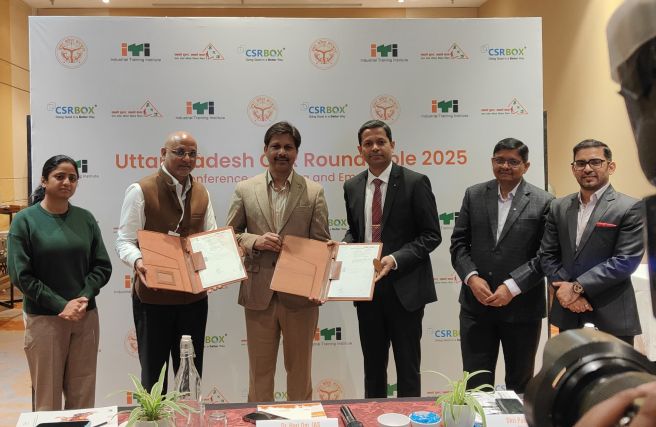PRIME MINISTER NARENDRA MODI IN HIS maiden Independence Day speech or ‘toilet speech’ promised separate toilets for boys and girls in all schools in a year. The promised announcement is indeed welcome. According to Unicef, “A survey among school children in India revealed that about half of the ailments found are related to unsanitary conditions and lack of personal hygiene. Such survey results show the need for a focus on children. Also, it is generally recognized that childhood is the best time for children to learn hygiene behaviours. Children are future parents and what they learn is likely to be applied in the rest of their lives. They have I mportant roles in the household, taking care of younger brothers and sisters, and depending on the culture, they may also question existing practices in the household. “
This is particularly important in the backdrop of India being called as the capital of open defecation. A report by WHO-UNICEF says that Indians comprised 58 percent of all people who defecate in the open. Around 638 million people do not have access to toilets in India. 18 percent of urban India still defecates in open while the percentage of rural India is as high as 69 percent. Unsafe water, sanitation and hygiene claim the lives of an estimated 1.5 million children under the age of five each year. It also underlines that open defecation leads to deadly diarrhoea and other intestinal diseases which kills hundreds of thousands of people worldwide every year. With the deadline for MDG 7 on sanitation is next year, the provision of basic sanitation is likely to miss one-third of world population and a big chunk would be from India and other south Asian countries.
Some years ago sanitation was rated the greatest medical advance since 1840 over even antibiotics and anesthesia. The survey was carried out by the reputed British Medical Journal in 2007. The heroes of sanitation in Britain were John Snow, who showed that cholera was spread by water, and Edwin Chadwick, who came up with the idea of sewage disposal and piping water into homes. The Guardian newspaper at that time noted, “It took decades for Britain to implement Chadwick’s ideas for piped water and flushed sewer systems but in the end they had a big effect on mortality. It is difficult now to calculate the cut in deaths attributable to improved sanitation in the 19th century, but it is possible to see the effects in the developing world wherever clean drinking water and sewerage are introduced.”
According to the recently-released DISE 2013-14 statistics, 84.63 per cent of all schools have a girls’ toilet while 80.85 per cent primary schools come with this facility and in a good 91.62 per cent of these schools, the toilet is also functional. This is in fact one indicator where India has shown considerable improvement. But as a major sanitation issue – only 44.66 per cent schools have a hand wash facility near the toilet. Given only 31% of the rural India gets piped drinking water, Modi’s promise of toilets in schools located in village will be a big challenge. So when you build a toilet, ensure it has a hand wash facility, otherwise, the efforts can go waste.








